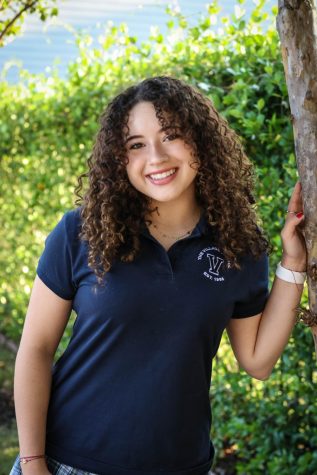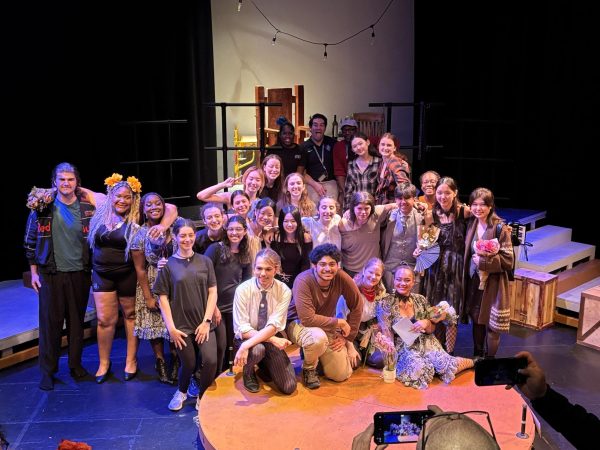The Differences between Online and In-Person School: A Closer Look
It is no secret that the pandemic is drastically changing the way students attend school. From in-person students having social distancing protocols at school to online learners “logging into class” every morning, the educational sphere is intensely changing.
According to Cision PR Newswire, 59% of teens in a survey said that online learning is worse than in-person school. This article will examine the differences between online school and in-person, with a special focus on how students feel in each unique learning environment.
The Village High School is currently utilizing a hybrid model, where students can choose whether they want to attend school in-person or online. This is optimal because it allows students a choice that best maximizes their learning and safety in a pandemic.
“I chose to stay online mostly to maximize my own personal safety,” said sophomore Alex Ilacqua, the VHS student body secretary. “But also to minimize disruptions in learning caused by potential teacher quarantines, forcing them to leave campus.”
For students attending in-person learning, safety is something that must be carefully considered since each individual household has specific needs during the COVID-19 pandemic. It is crucial that students going to school in-person feel safe and comfortable in order to have a nurturing learning environment.
“I do feel like the school is doing enough through mask regulations and social distancing,” said sophomore, Anjai Gupta, an on-campus learner. “Teachers and administration are very good about having students keep on their masks, and during most of the school day, people are social distancing.”
One of the striking differences between online and in-person school is each individual student’s schedule. Online learners spend most of their time at home in front of the computer, while their in-person classmates have a more traditional learning environment.
“I get up around 7:30 and eat breakfast and get ready for school,” said sophomore Juan Hidrowoh, a virtual school student. “ I log onto my first class, and once I’m done with my first class, I call my friends through discord. It’s like a day at school except I don’t leave my room.”
On the other hand, Gupta describes his schedule differently. “I get [to school] at 7:50 and go to two classes,” said Gupta. “Then, I go to the cafeteria for lunch, and finish the school day. Relative to online school, there is much more exercise and walking.”
Human interaction is something that is sorely lacking in the pandemic, especially when social groups entail both online and in-person attendees. This factor is the most different between the two educational models, yet students seem to positively and safely interact with others.
“As an only child, I need to be around people,” said Gupta. “ I don’t mean talking to them, just around other humans. However, the fact that I can actually talk to friends and classmates face to face and not online is a good pick-me-up on bad days.”
Meanwhile, means of communicating with friends is drastically different for virtual school students.
“Well, I don’t interact with them in person but it is not like I don’t talk to them at all,” said Hidrowoh. “We still hang out how we would in school, except it’s just online. I do miss seeing them in person, but I still find time to talk to them.”
The last major factor in determining the differences between online and in-person school is how students handle stress. Especially in high school, stress is something that many students have to deal with and learn to manage. During the COVID-19 pandemic, stress can manifest in different ways for online and in-person learners.
“I wouldn’t say [I am] stressed,” said Gupta. “I have many tests and assignments but I have it all under control. During online school, I wouldn’t use my flex time and would usually procrastinate. In physical school, I actually get my work done.”
Overall, the differences between online and physical school are highly dependent on students. Some students learn better in-person while others still excel in online classes. The biggest differences seem to lie in the way students interact with each other and individual schedules. In-person learners seem to have a higher degree of interaction with students on campus rather than online learners, and vice versa as well. The Village High School will continue to see students that are both in-person and online.

Regina Blenda Ayala is a passionate and driven senior who wants to make an impact every chance they get. They mostly connect with their Paraguayan...






